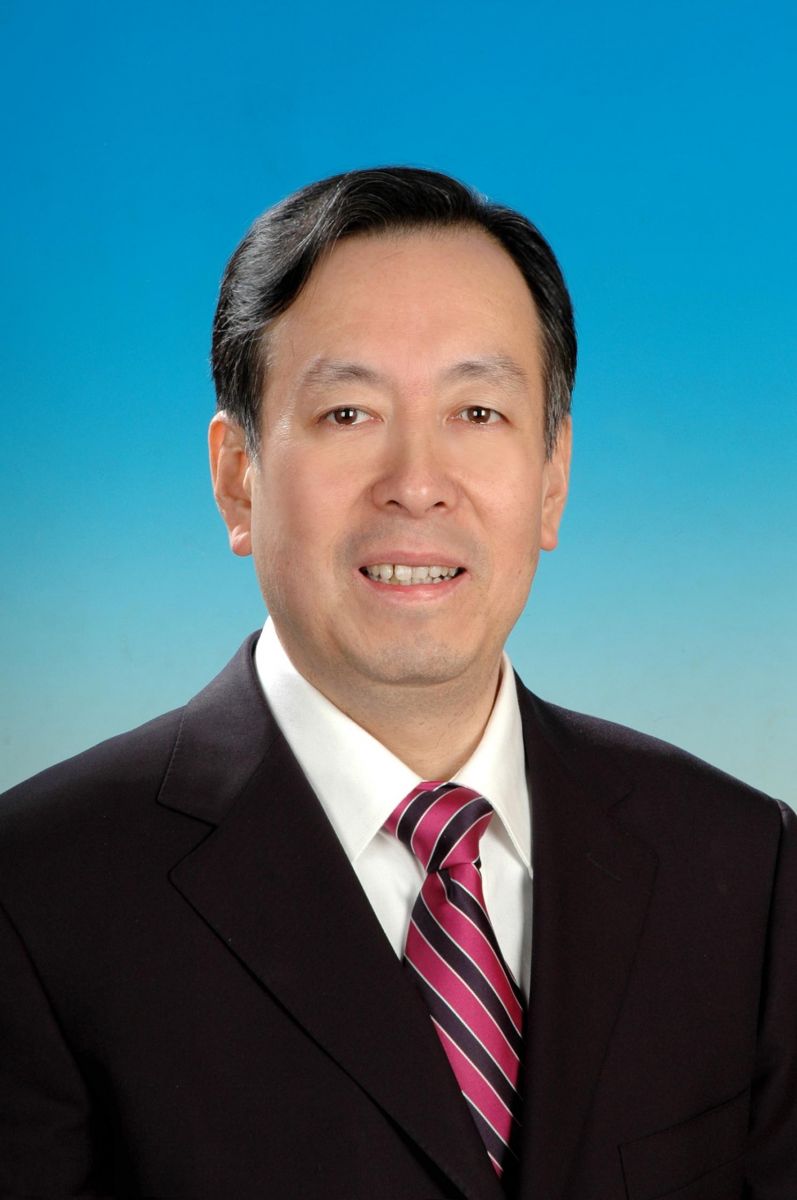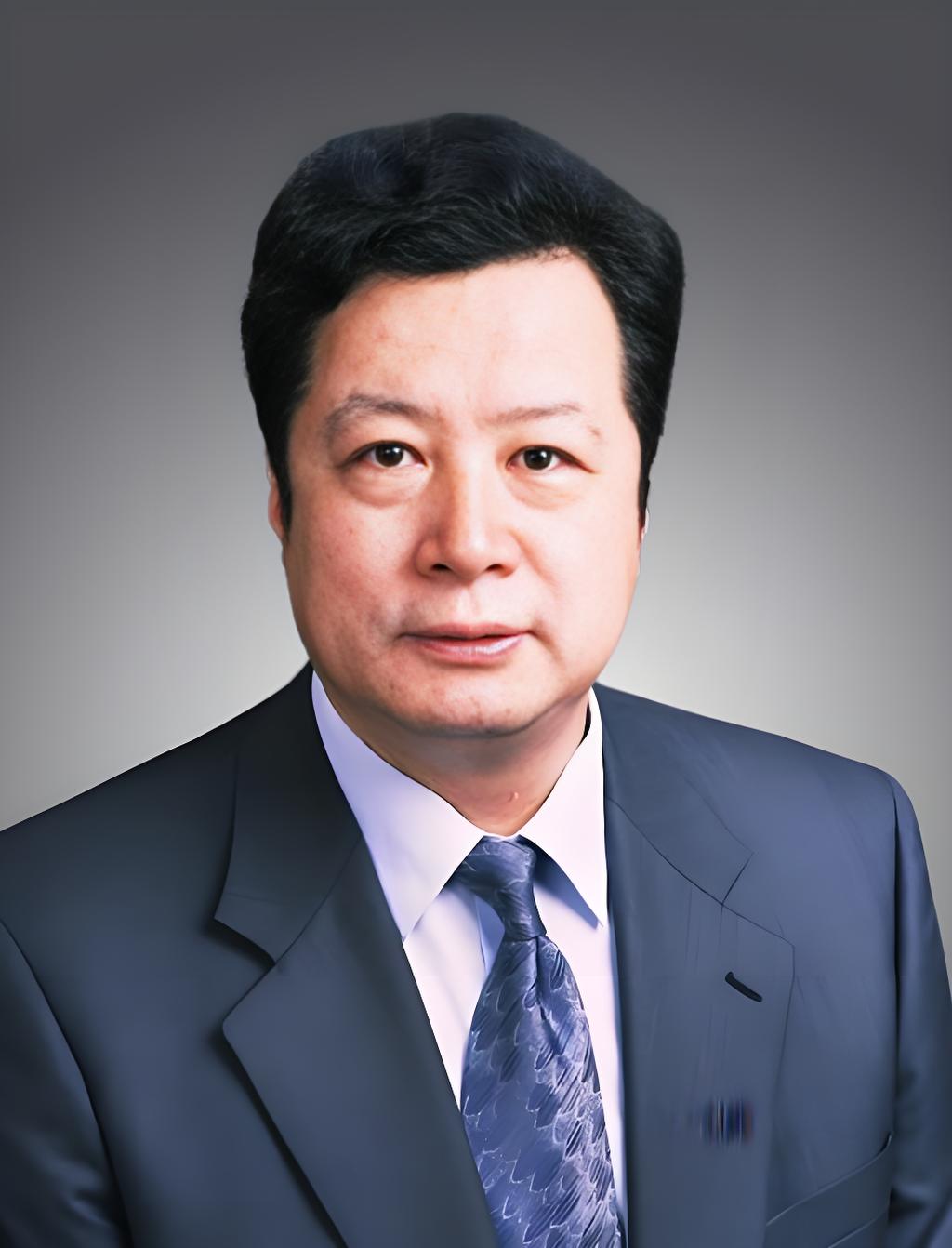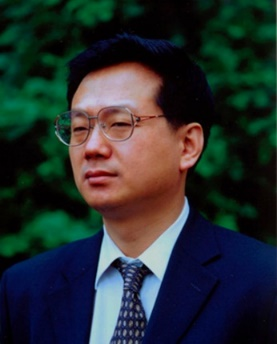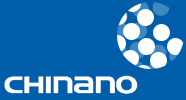After fifteen years' development, CHlnano has become the world's biggest and most influential nano-tech industry exchange event and received broad recognition and participation from countries all over the world that take a strong lead in the nanotech industry. As the most important part of the event, the world's top scientists and talents are attracted to deliver plenary speeches. For this year, four distinguished guests have confirmed their participation: they are Mr. Yue Hao, Professor of Xidian University; Mr. Ralf Schellin, Head of Product Area MEMS at Bosch Sensortec GmbH; Mr. Zhuangde Jiang, Professor of Xi 'an Jiaotong University; Mr. Jérôme Mouly, Leader of Semiconductor Data Analysis at Yole Group; Mr. Lei Jiang, Professor of Institute of Chemistry, Chinese Academy of Sciences.





























